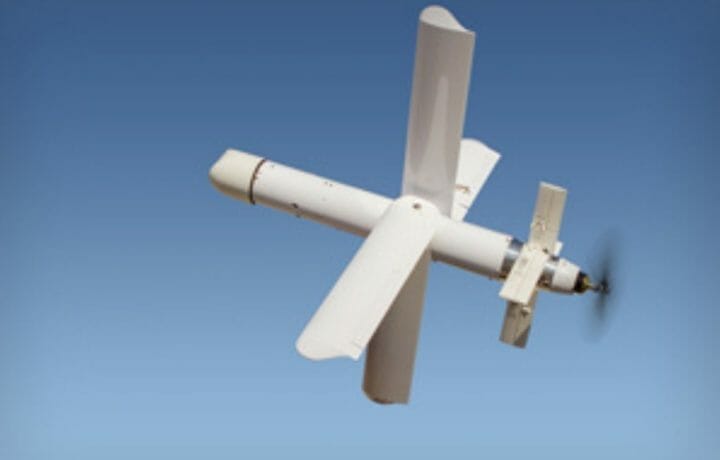European countries are now concerned that an artificial intelligence (AI) race is well underway by militaries around the world. As the world’s superpowers struggle with supremacy, rapidly developing AI technology is intensifying the escalation. We are seeing this new warfare make militaries faster, smarter, and more efficient, leading to destabilization problems around the world. Combined with drone usage, the dawn of a highly effective and deadly weapon in the form of loitering munitions has arrived.
Loitering munitions, AKA suicide or kamikaze drones are weapon systems in which the munition loiters around the target area, seeking targets, and attacking once a target is located. Some of the more advanced loitering munitions models have a high degree of autonomy. Once launched, they fly to a defined target area, where they “loiter,” using AI to scan for targets. Once a target is detected, they fly into it, destroying it on impact with an onboard payload of explosives. Hence the nickname kamikaze.
Loitering Munitions: powerful battlefield enabler
Loitering munitions are a powerful battlefield enabler providing faster reaction times when engaging concealed targets that emerge for short periods. Attacking remotely, they fit a niche between cruise missiles and unmanned combat aerial vehicles (UCAVs). Perhaps the greatest challenge is the difficulty in fighting against these systems. With less awareness and warning, it nearly impossible to defend against.
The world is seeing a rapid expansion in both civil and military usage of these weapons. The U.S. is seeing unmanned aerial vehicles usage along the southern borders by Mexican criminal groups on the uptick. The groups are using drones to attack enemies in Mexico and smuggle drugs over the U.S. border. Operatives are stating that payloads smuggled by drones and drone attacks are both on the rise.
In 2020, loitering munitions were employed in the Nagorno-Karabakh war, a conflict between Azerbaijan and Armenia. The Center for Strategic and International Studies research reported that Azerbaijan had four sophisticated designs and more than 200 weapons at their disposal. Armenia had only a single domestic model.
Since the conflict, other militaries are taking note. In a recent Deutsche Well (DW) report, Ulrike Franke, an expert on drone warfare at the European Council on Foreign Relations stated, “You could definitely see a certain uptick in interest in loitering munitions.” Franke further stated, “We have seen more armed forces around the world acquiring or wanting to acquire these loitering munitions.”
Russia and China
Obviously, the big guys are taking notice as well. The first loitering munitions system appeared in Russia’s military inventory in 2019. Kalashnikov Concern announced that the Lantset UAV completed tests in July of that year. China has had loitering munitions for some time.
According to The Drive, China recently conducted a test involving swarming loitering munitions, deployed from a box array of launcher tubes on a tactical vehicle. DW has stated that China’s latest five-year plan, places AI at the center of research and development, with the future pointing to “intelligent warfare.”
Using AI, drone swarming will be more prevalently used by militaries to enable many drones to operate together as a lethal amalgamation. Applying the principles of mass and numbers, the enemy’s battlefield systems will be extremely vulnerable and perhaps overwhelmed, presenting increasingly serious challenges for military forces in future conflicts.
United States Work in Loitering Munitions
Last month, the United States Army tested new loitering munitions as part of an advanced warfighting exercise called Edge 21. Officially known as Joint Man-in-the-Loop Loitering Munitions, a network of manned and unmanned aircraft was used to locate and then prompt weapons to their targets. A trio of the loitering munitions were launched against three separate mock targets, representing air defense radar, command and control node, and a surrogate for a Russian-made air defense system.
This past February, Raytheon Company was awarded a $32 Million for the Autonomous Swarm/Strike – Loitering Munitions, providing work on the Coyote Block 3 (CB3) Autonomous Strike, to provide intelligence, surveillance, and reconnaissance (ISR) and precision strike capability from maritime platforms.
According to National Defense Magazine, the United States will continue to lead the pack in drone and UCAVs spending, with R&D cost at $2.2 billion last year. Experts say $98 billion will be spent worldwide over the next decade on new UAV intelligence gathering and strike capabilities.




